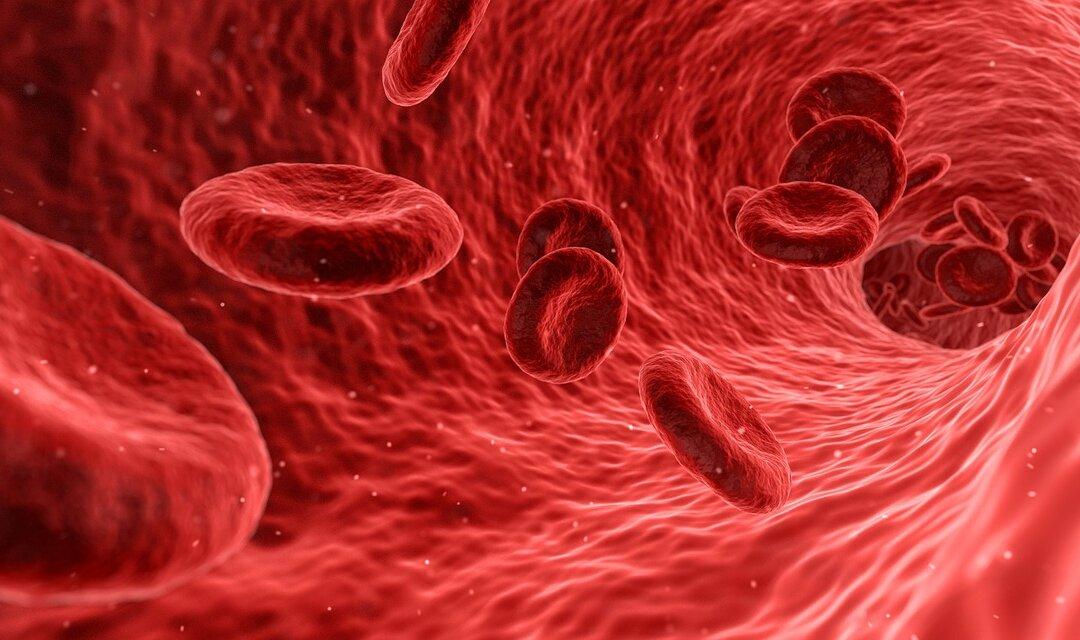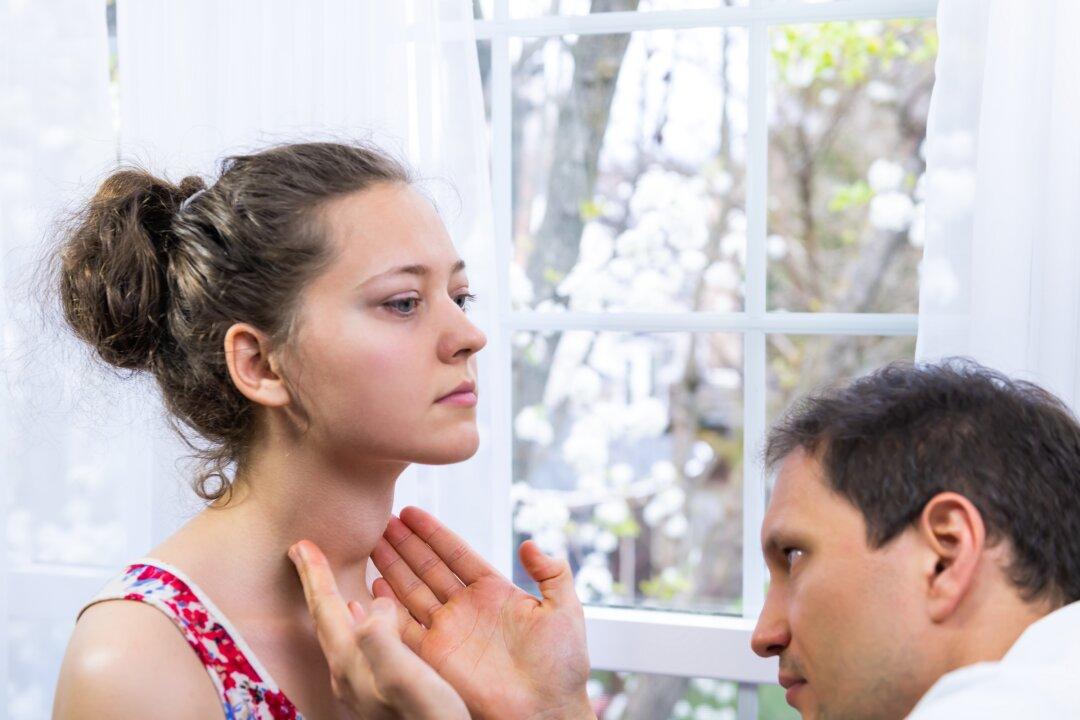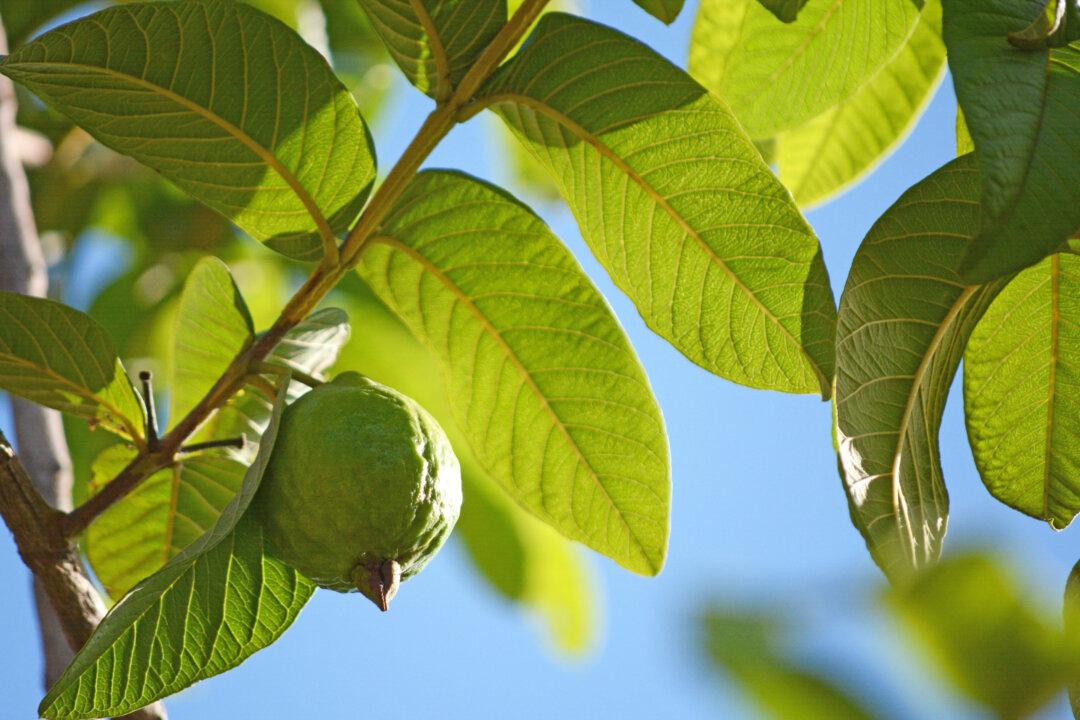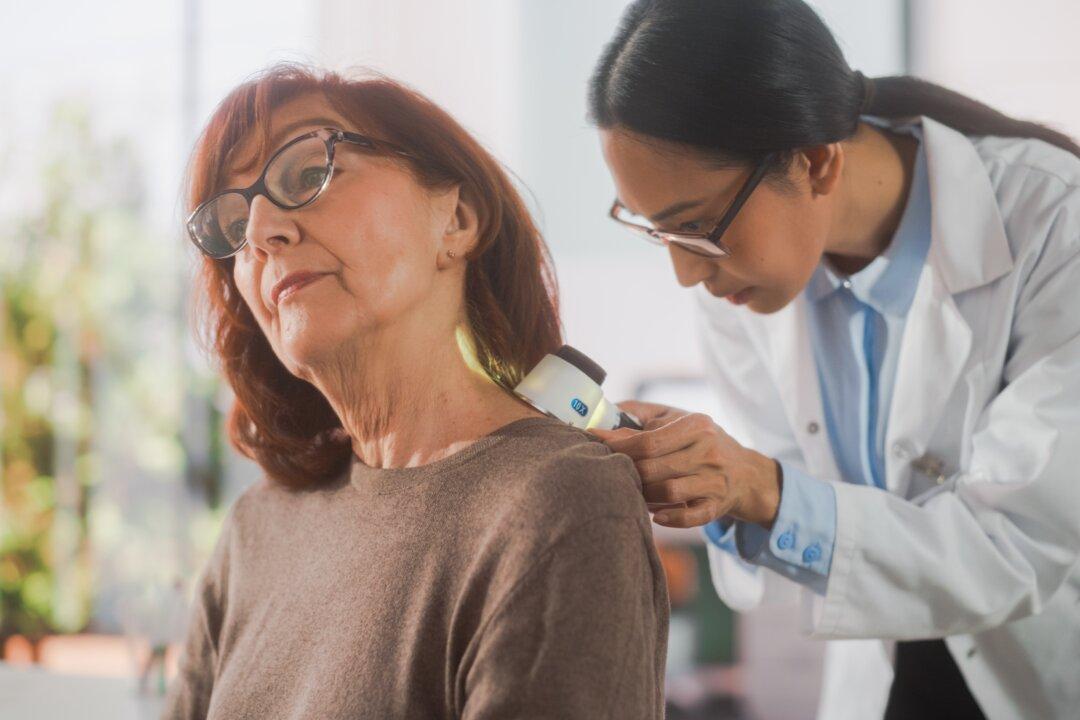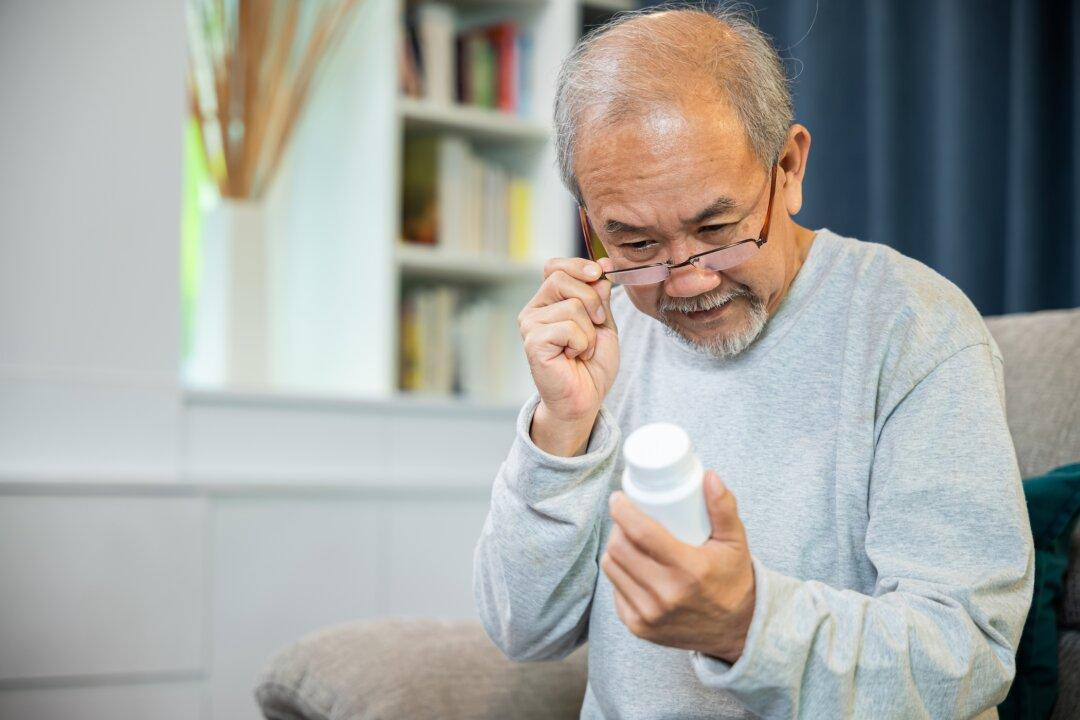Do you wish you could eliminate unsightly varicose and spider veins, but don’t want the risks of surgery or invasive treatments? It may be time to hug a tree and thank pine bark for saving your veins
Varicose veins are a common condition caused when weak veins become swollen and twisted just below the skin’s surface. Varicose veins typically occur in the legs and feet but can present in the rectum as hemorrhoids, in testicles as varicoceles and in the esophagus, stomach and liver.

